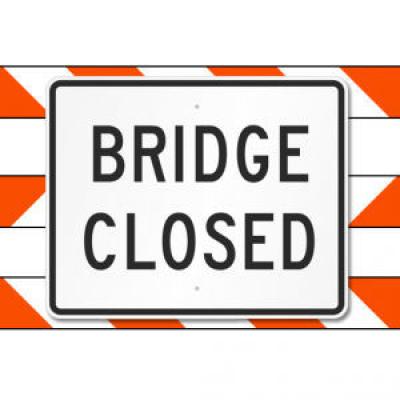Roads and Bridges
The care and upkeep of road infrastructure is an important task of the Highway department. However, not all of the road network is under Exeter's authority. Roads, bridges, and other pieces of infrastructure fall under a varied group of organizations or individuals that provide maintenance. Who is responsible for servicing the road is often determined by the roads classification. There are 7 different classes of road in New Hampshire under RSA 229:5 .
- Class I - Trunk line highways of the primary state highway system are state highways maintained by state or federal funds.
- Class II - State aid highways on the secondary state highway system are also maintained by either state or federal funds.
- Class III - Recreational roads leading to and within state reservations such as state parks and state forests, designated by the legislature.
- Class IIIa - All new boating access roads from any existing road to any public water in this state.
- Class IV - Portions of Class I and Class II state highways within urban compact areas designated by the Commissioner of Transportation (see RSA 229:5), and maintained by the city or town.
- Class V - All other roads which cities or towns are responsible for maintaining.
- Class VI - All other public ways for which the local municipality has no duty for maintenance nor liability for accidents (RSA 231:50). Class VI roads are full public highways in all other respects.
Bridges are also divided between the State and Local government. A bridge is defined as a structure on a public highway that has a clear span of 10 feet or more, which spans a water course or other opening or obstruction. RSA 234:2. As part of the public highway, legal issues are, for the most part, identical to any other municipal road. Some issues are unique to them. Under RSA 234:23, a municipality must inspect all bridges on town roads every two years. The DOT may provide assistance with respect to these inspections, to the extent that it has available personnel, at no cost to the municipality. The statute recommends hiring qualified engineers for the purpose of these inspections. A report must be made of each inspection. Reports must be retained as municipal records and should be incorporated into a municipality’s insufficiency reporting system. If a town does not comply with this statutory inspection requirement, it cannot apply for state bridge aid. More importantly, the failure to inspect may expose a municipality to significant liability.

